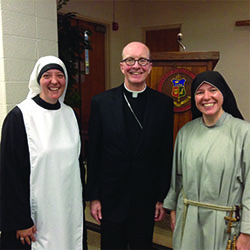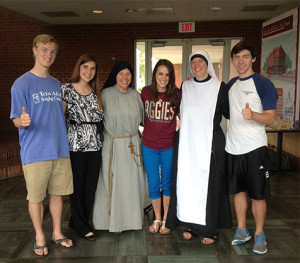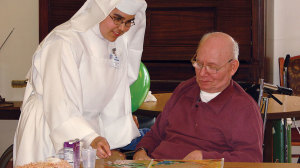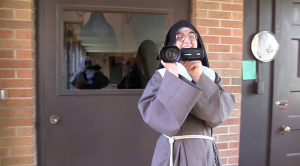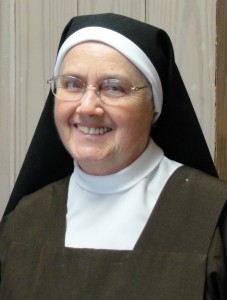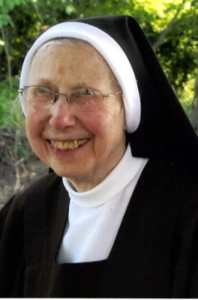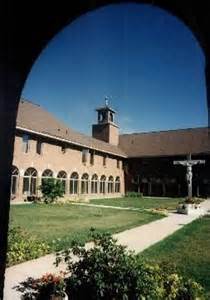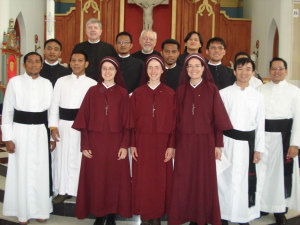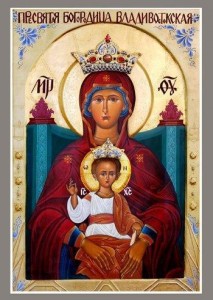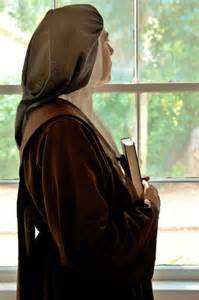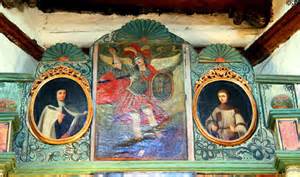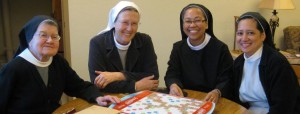 The IRL Executive Committee has approved the Missionary Benedictine Sisters of Norfolk, Nebraska, as a new affiliate member. The main characteristic of the Missionary Benedictine Sisters’ way of life is to seek God in community. The sisters strive to fulfill their role as missionaries by leading “people to faith in Jesus Christ and communion with the Loving Father.”
The IRL Executive Committee has approved the Missionary Benedictine Sisters of Norfolk, Nebraska, as a new affiliate member. The main characteristic of the Missionary Benedictine Sisters’ way of life is to seek God in community. The sisters strive to fulfill their role as missionaries by leading “people to faith in Jesus Christ and communion with the Loving Father.”
Founded in Tutzing, Germany, in 1885, the sisters came to the United States to serve German immigrants. They initially worked in education, teaching at St. John Berchman’s School in Raeville, Nebraska, but quickly expanded their apostolates to include healthcare when they opened Sacred Heart Hospital in Lynch, Nebraska. During the Great Depression, the sisters made immense sacrifices as their apostolic work expanded offering religious education in parishes and a boarding school which provided a second home for Native Americans. The community continues to expand and adapt its ministries at the promptings of the Holy Spirit and in response to the changing times.
From youth and young adult pastoral work to outreach to Native American and Latinos, the Sisters currently have a wide array of ministries. The sisters host retreats and social events for youth and young adults while also attending rallies and conferences like the March for Life and FOCUS Conferences. They visit the elderly and one sister, Sr. Cecilia, has been making rose petal rosaries for the last seventeen years. Their Immaculata Monastery Spirituality Center allows for visitors to go on individual and group retreats or simply to make a chapel visit. All of the ministries which the sisters perform are done out of their belief that the Lord has sent them to be missionaries.
Prayer is an integral aspect of the lives of the Missionary Benedictine Sisters as they strive to bring Christ to all. Their daily schedule is arranged to punctuate the day with prayer. Praying both in community and in private, the sisters seek to live a life of unceasing prayer.
